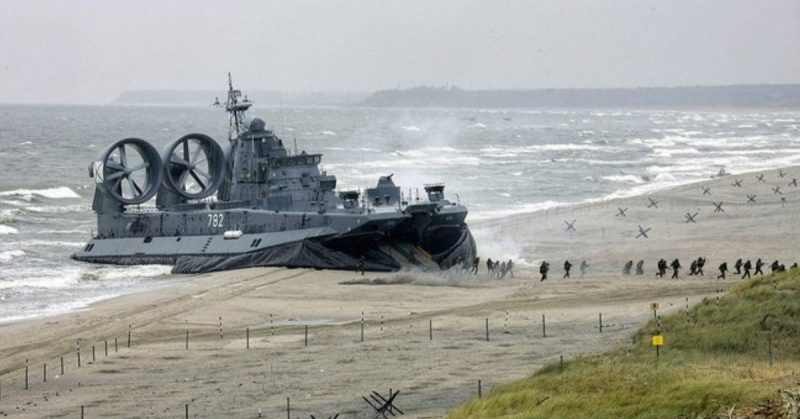A ship that can rise over water sounds like something out of Star Wars, but just such a craft is one of many different types of experimental military vehicles that have been created around the world.
Not all are practical – more like wishful thinking on the part of designers, engineers and leaders – but others have reached prototype stages and beyond.
One rather odd invention was the “Praying Mantis” tank. As its name implies, it has a huge arm on its side. The arm holds a square-shaped gun, but that’s not the only formidable part. The arm was intended to hold an operator, ready to fire a machine gun at advancing troops.
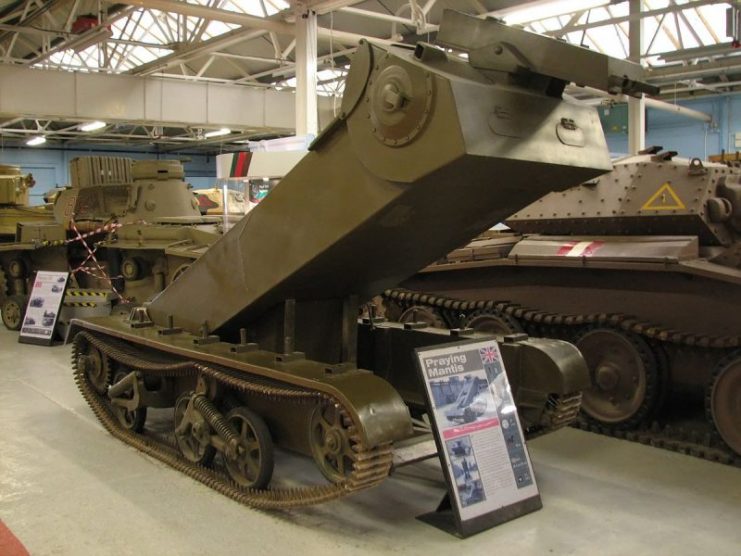
Another tank, the “Duplex Drive,” was even more sly in design. It was masked in a canvas boat that could actually lift out of the water and climb onto land. The canvas would then drop to reveal armed soldiers, ready to do battle.
How about a tank that doubles as a submarine? The “Tauchpanzer III,” developed by the Germans in World War II, could operate under water before rising onto the shore. It came equipped with snorkels through which the crew could breathe.
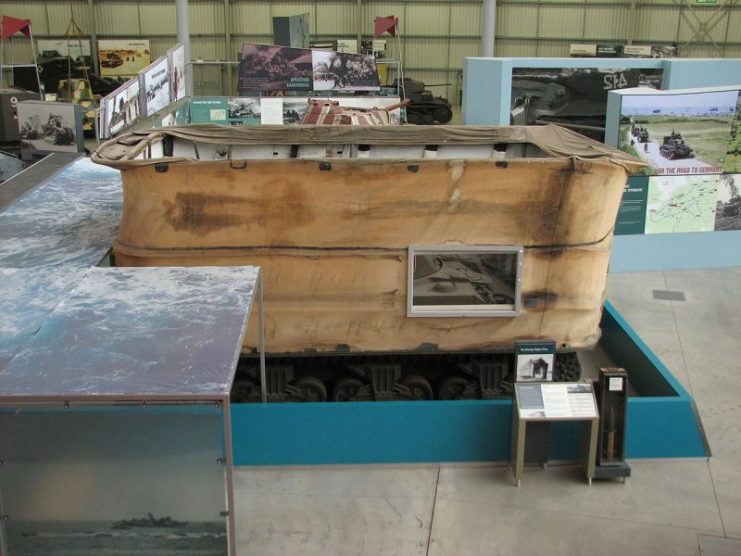
Not all the experimental tank designs involved amphibious features. The “Skeleton Tank” prototype was quite the opposite. An early effort at making tanks lighter in weight, and therefore more easily maneuvered on all kinds of terrain, it had almost no body.
There was just enough room for a couple of operators in a box-like enclosure inside the framework. It ran on massive tracks designed to bridge a path across trenches.

The “Armored Bulldozer” was exactly what the name states. Soldiers could use this to dig trenches while remaining safely ensconced in a bulletproof “booth.” Built by the Ford Motor Company, this “Rapid Trench Digging Military Tractor” made the chore of digging trenches faster, safer and more efficient.
Going back to amphibious designs, Ford also invented the “Sea Jeep,” affectionately known as a “Seep.” This was a vehicle that was designed much like a Jeep, but its hull was encased in steel. Some of these were used by the Soviets during World War II, on the Eastern Front.

The Soviets came up with the “Anti-Ballistic Defense Vehicle” which was meant to detect and destroy approaching missiles. They included a massive radar tower and six guns in its design.
The American “M50 Ontos,” known as “the Thing,” was a tank with six enormous rifles. It was built like a traditional tank and had a lookout for its operator. Seeing “the Thing” approach would indeed be intimidating.
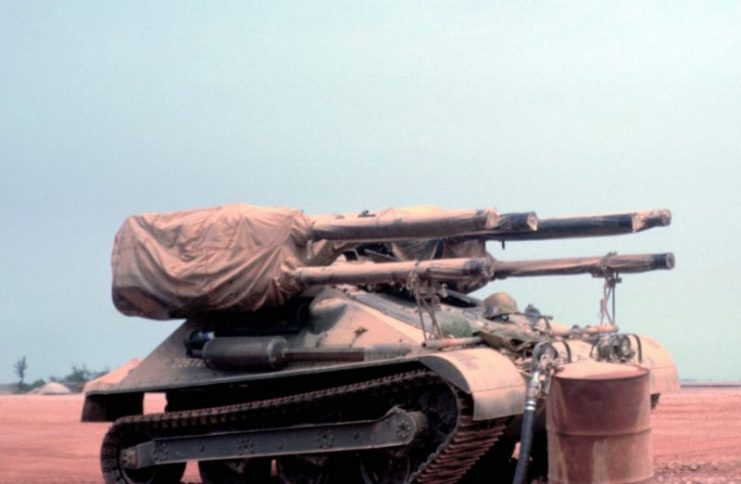
The Germans came up with their fair share of unusual military vehicles during World War II, including the “Kettenkrad,” a hybrid that was part tank, part motorcycle. The driver had the safe enclosure offered by a tank, but the greater speed of a motorcycle – that was the theory, at any rate.
Potentially the world’s longest military Hovercraft, the Zubr Class at 187 feet, belongs to the Russians. And that is far from their only accomplishment in navy ships and vehicles.
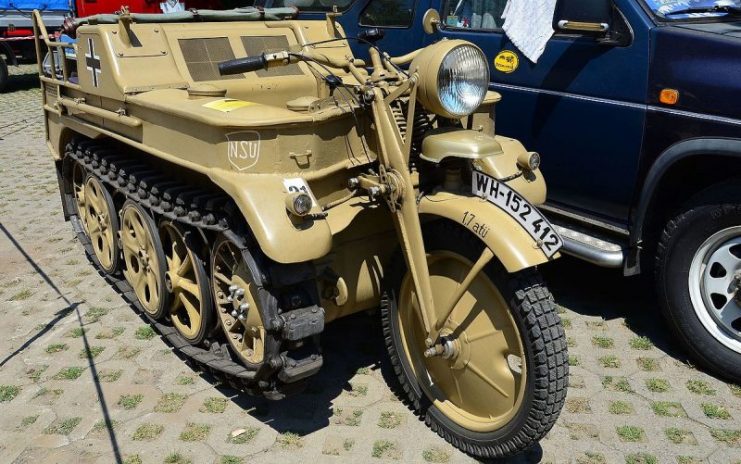
The “Gama Goat,” vehicle, developed by the U.S. during the Vietnam War, was a precursor of the Humvee. It had six-wheel drive, four-wheel steering, and was partly amphibious. It also came equipped with an articulating chassis.
These are just a few of the weirdest, most imaginative vehicles dreamed up by engineers, designers and inventors at military sites around the world.

Read another story from us: Masters of Armored Warfare – 6 Historic German Tanks
Some worked, some did not, but all represented each nation’s drive to develop vehicles that would combine two key elements of war: the movement of men as safely as possible, and destruction of the enemy. Any vehicle that effectively accomplished both usually made it past the drawing board phase.
For a peek at these and other unusual military vehicles, check out the following video on You Tube: “Strange & Extreme Military Machines.”
